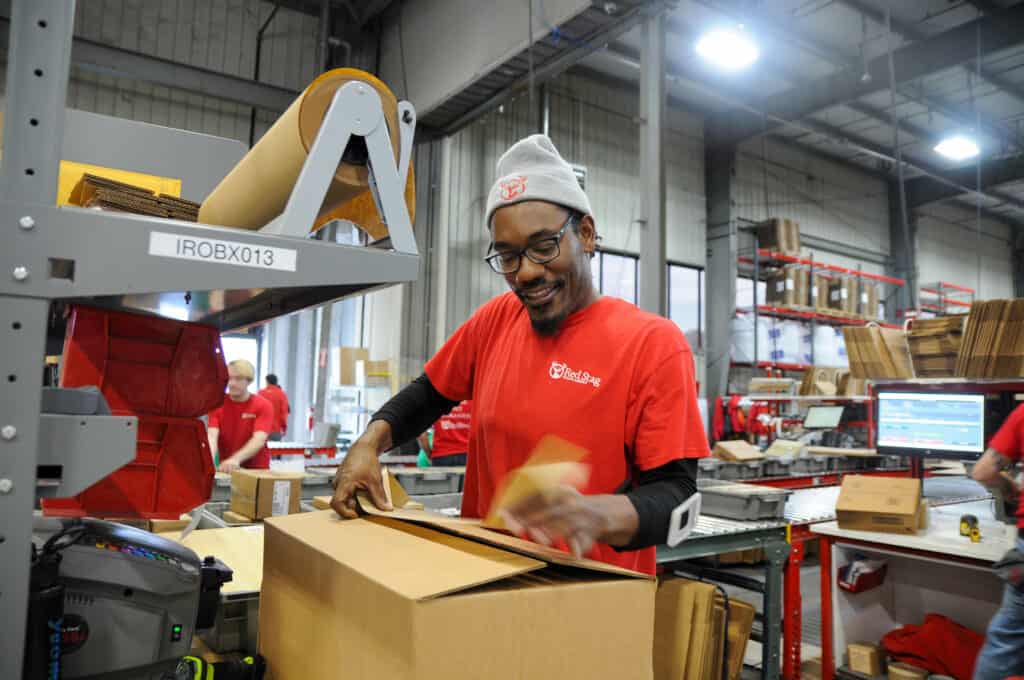Throughout this past year, many challenges were placed on physical retail stores that had no online accessibility. The worldwide pandemic slowed down sales in physical retail locations like no other. At the same time, online shopping sales sprung much higher than average. With pandemic restrictions, this makes a great deal of sense. Online shoppers are able to browse countless amounts of products based on their unique features, their price and even reviews from other customers who have purchased the product. These capabilities have proven to be beneficial, as the online shopping and online retail industries have seen large amounts of growth over the past few years.
One of the largest contributions to this growth is Amazon. Amazon has single handedly changed the way the online retailing industry operates. With a product offering spanning over 12 million unique products, and nearly 200 million unique visitors per month, users will have a hard time not finding something that they’re looking for on the platform. This sort of influence has been felt by other online retailers in the industry, but not due to the nature of Amazon’s product offerings. Their real competitive advantage comes in the form of shipping and order fulfillment. As Amazon Prime and its capabilities become more common in households around the world, more and more online shoppers have the same expectations of other online retailers. In fact, nearly 90% of online shoppers say that their experiences with Amazon’s shipment capabilities have made them expect faster shipping and delivery from other online retailers in the industry as well.

For many retailers that lack the same resources that Amazon possesses, this can be a disaster. As the expectations of online shoppers continue to grow, savvy e-tailers should search for alternative methods to keeping their customers happy. For example, one way to do this is by providing a shipment tracking portal on your website. Rather than linking customers to a shipment provider, having a branded on-site page for shipment tracking is a great way to improve brand recognition and customer experience all while keeping customers informed regarding their purchases and shipments. Another way to improve customer experience is by focusing on the convenience of your website. Avoid using any over-complicated user interface elements. Create landing pages that simplify the customer experience. Allow for billing and shipping information to be saved to a customer’s account for simplified repeat orders.
Despite how important expedited shipping is to many online shoppers, what’s even more important is the cost associated with shipping and handling for each online order. In most cases, even though customers would prefer their shipments to arrive as promptly as possible, if there’s a cost associated with accelerated shipping, most customers tend to avoid it. In fact, nearly 70% of online shoppers would rather wait an extended period of time for their delivery if it meant not having to pay for shipping at all. This is the one advantage for online retailers lacking the resources that Amazon has. Even if you’re unable to provide your customers with their orders in the timely manner they expect, if you’re able to provide them with free shipping all is forgiven. One way in which this can be accomplished is through an automated storage and retrieval system for business to help better coordinate warehousing and transportation efforts for their deliveries. For additional information on how to improve customer relations, check out the featured infographic below.
Author bio: John Hinchey is VP of Sales for Westfalia Technologies, Inc., a leading provider of logistics solutions for plants, warehouses and distribution centers. He has more than 20 years of experience in manufacturing and warehouse automation.















